Intro

Disclaimer: I purchased the TinHiFi P1 with my own money and this review is written of my own accord. For more reviews like this, check out our blog at www.perrivanaudio.com
Accessories and Build Quality (Score: 8/10)
On top of the usual silicone tips, the P1s come with 3 sizes of foam tips, which I really appreciated as the foams really helped quite a bit in taming the highs on the P1. I especially like the feel of the included foam tips. The included cable is a braided copper cable which pairs well with the aesthetic of the P1s. The only complaint would be that the quad braid could've been a little tighter. Build quality of the IEMs are stellar, as expected of TinHiFi. The buds have a full metal built and a mirror-polished finishing.

Fit (Score: 7.5/10)
The fit wasn't the best due to the shape and nozzle but was remedied with the included foam tips. I would have preferred a longer nozzle for a more secure fit. The IEMs themselves are tiny so people with larger ears may struggle with them. My ears are on the smaller size so they were alright.

Sound (Score: 8.3/10)

I would have to review the P1s under the assumption they are fed enough power. Without enough power, the P1s wouldn't sound the way they are intended.
Sources Used
The bass is a little conflicting. I'll start off with the negatives. Even with amplification, the bass is on the lean side. The sub-bass extension is quite weak. However, the timbre and tonality of the bass notes and impact in the midbass are really enjoyable. It's a prelude of what is to come in the mids. The attack on the drum beats on EDM tracks like "All you need to know" by Gryffin are speedy and punchy, albeit lacking that bottom end extension which would have made things perfect. What made the lack in bass extension more jarring the pronounced highs, tilting the balance a little too much to overlook.
Mids (Score: 9/10)
The mids on the P1s are one of the best I've heard on an IEM under $300. Vocals are rich and well-textured without compromising on clarity. Listening to Conan Grey and BORNS was such an immersive experience. The sound doesn't come across as coloured but instead just so natural and organic and makes everything sound "live". The planar mids really shine through on the P1s. The timbre of brass instruments on Lucky Chops are especially enjoyable, and they benefit a lot from the wide soundstage of the P1s. The energy of the upper mids also comes out with amplification. If your set sounds a little muted in the mids, try hooking it up to an amp and perhaps you would like it much better.
Treble (Score: 8/10)
The Tin P1s are a detail beast in the treble region. The extension is impressive, but the post 10k information does get quite overwhelming after a while. However, this does give the P1s expansive highs and helps with the staging. The triangles at the end of Carmen Fantasy sparkled ever so brightly and sweetly I just caught myself smiling by the end of the song.
Crash cymbals and Hi-hats sound incredibly accurate down to the decay speed. Lower treble has an almost linear response, picking it up from the upper mids. It has a nice silky tonality and wasn't sibilant for me. That said, I enjoyed the P1s much more with a pair of foams to cut back the treble hotness. These are a tad bit too top-heavy to listen for prolonged periods with silicone tips.
Overall
The P1s cannot survive without an amp. I tried powering it straight from my phone's audio jack and everything was muted except for the treble and the sound was quite a turn-off. The soundstage was constricted and vocals were weak and bass was non-existent.
Even on more powerful sources like the Hiby R5, which can sufficiently power the P1s (albeit not as well as my desktop setup), I only found them more enjoyable with the volume turned up. However, with the P1's excitable treble, I found myself struggling to use the P1s for longer listening sessions.
Comparison
VS TRI I3 (Review here)

I have compared them to the TRI I3 Tribrids previously. The P1s provide a more comfortable fit for my smaller ears. In terms of sound, the I3 has a much more authoritative bass response. I prefer the overall timbre and sound signature that the P1s were going for, but I wish they also had the extension that the I3 had. The P1s are also harder to drive than the I3. However, if I had to pick one, I would say I enjoyed listening to the P1s much more than the I3s.
Conclusion

The TinHiFi P1 is one capable IEM should it be fed the power it needs. It is harder to drive than quite a number of full-sized headphones and is very difficult to use on the go. On top of that, the especially lean bass is a potential deal-breaker for many as it makes the tuning little too top-heavy for comfortable listening beyond a certain time. However, it is nonetheless an immensely well-built and capable planar earphone and one that I thoroughly enjoyed it on my desktop setup. As much as there is significant room for improvement, I am very satisfied with the tuning that the P1 provides at this price point.

Disclaimer: I purchased the TinHiFi P1 with my own money and this review is written of my own accord. For more reviews like this, check out our blog at www.perrivanaudio.com
Accessories and Build Quality (Score: 8/10)
On top of the usual silicone tips, the P1s come with 3 sizes of foam tips, which I really appreciated as the foams really helped quite a bit in taming the highs on the P1. I especially like the feel of the included foam tips. The included cable is a braided copper cable which pairs well with the aesthetic of the P1s. The only complaint would be that the quad braid could've been a little tighter. Build quality of the IEMs are stellar, as expected of TinHiFi. The buds have a full metal built and a mirror-polished finishing.

Fit (Score: 7.5/10)
The fit wasn't the best due to the shape and nozzle but was remedied with the included foam tips. I would have preferred a longer nozzle for a more secure fit. The IEMs themselves are tiny so people with larger ears may struggle with them. My ears are on the smaller size so they were alright.

Sound (Score: 8.3/10)

Frequency Response of the P1
I would have to review the P1s under the assumption they are fed enough power. Without enough power, the P1s wouldn't sound the way they are intended.
Sources Used
- Hiby R5
- Lotoo Paw S1
- Modi 3>Schiit Heresy/Schiit Vali
- Gryffin - Gravity
- Conan Gray - Sunset Season
- The Vamps - Night & Day
- Itzhak Perlman - Carmen Fantasy
- Boston Symphony Orchestra and Seiji Ozawa - The Nutcracker
- Ragtime Broadway Recording
- BORNS - Dopamine
- Andy Gibb - The Very Best Of
The bass is a little conflicting. I'll start off with the negatives. Even with amplification, the bass is on the lean side. The sub-bass extension is quite weak. However, the timbre and tonality of the bass notes and impact in the midbass are really enjoyable. It's a prelude of what is to come in the mids. The attack on the drum beats on EDM tracks like "All you need to know" by Gryffin are speedy and punchy, albeit lacking that bottom end extension which would have made things perfect. What made the lack in bass extension more jarring the pronounced highs, tilting the balance a little too much to overlook.
Mids (Score: 9/10)
The mids on the P1s are one of the best I've heard on an IEM under $300. Vocals are rich and well-textured without compromising on clarity. Listening to Conan Grey and BORNS was such an immersive experience. The sound doesn't come across as coloured but instead just so natural and organic and makes everything sound "live". The planar mids really shine through on the P1s. The timbre of brass instruments on Lucky Chops are especially enjoyable, and they benefit a lot from the wide soundstage of the P1s. The energy of the upper mids also comes out with amplification. If your set sounds a little muted in the mids, try hooking it up to an amp and perhaps you would like it much better.
Treble (Score: 8/10)
The Tin P1s are a detail beast in the treble region. The extension is impressive, but the post 10k information does get quite overwhelming after a while. However, this does give the P1s expansive highs and helps with the staging. The triangles at the end of Carmen Fantasy sparkled ever so brightly and sweetly I just caught myself smiling by the end of the song.
Crash cymbals and Hi-hats sound incredibly accurate down to the decay speed. Lower treble has an almost linear response, picking it up from the upper mids. It has a nice silky tonality and wasn't sibilant for me. That said, I enjoyed the P1s much more with a pair of foams to cut back the treble hotness. These are a tad bit too top-heavy to listen for prolonged periods with silicone tips.
Overall
The P1s cannot survive without an amp. I tried powering it straight from my phone's audio jack and everything was muted except for the treble and the sound was quite a turn-off. The soundstage was constricted and vocals were weak and bass was non-existent.
Even on more powerful sources like the Hiby R5, which can sufficiently power the P1s (albeit not as well as my desktop setup), I only found them more enjoyable with the volume turned up. However, with the P1's excitable treble, I found myself struggling to use the P1s for longer listening sessions.
Comparison
VS TRI I3 (Review here)

I have compared them to the TRI I3 Tribrids previously. The P1s provide a more comfortable fit for my smaller ears. In terms of sound, the I3 has a much more authoritative bass response. I prefer the overall timbre and sound signature that the P1s were going for, but I wish they also had the extension that the I3 had. The P1s are also harder to drive than the I3. However, if I had to pick one, I would say I enjoyed listening to the P1s much more than the I3s.
Conclusion

The TinHiFi P1 is one capable IEM should it be fed the power it needs. It is harder to drive than quite a number of full-sized headphones and is very difficult to use on the go. On top of that, the especially lean bass is a potential deal-breaker for many as it makes the tuning little too top-heavy for comfortable listening beyond a certain time. However, it is nonetheless an immensely well-built and capable planar earphone and one that I thoroughly enjoyed it on my desktop setup. As much as there is significant room for improvement, I am very satisfied with the tuning that the P1 provides at this price point.






































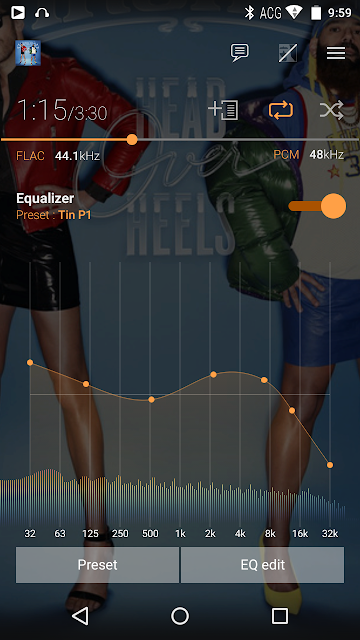

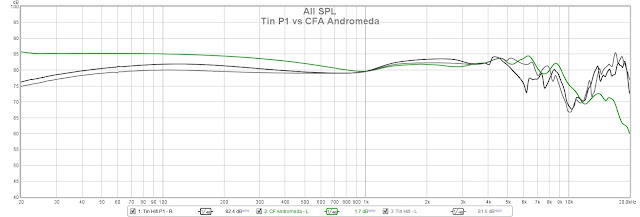

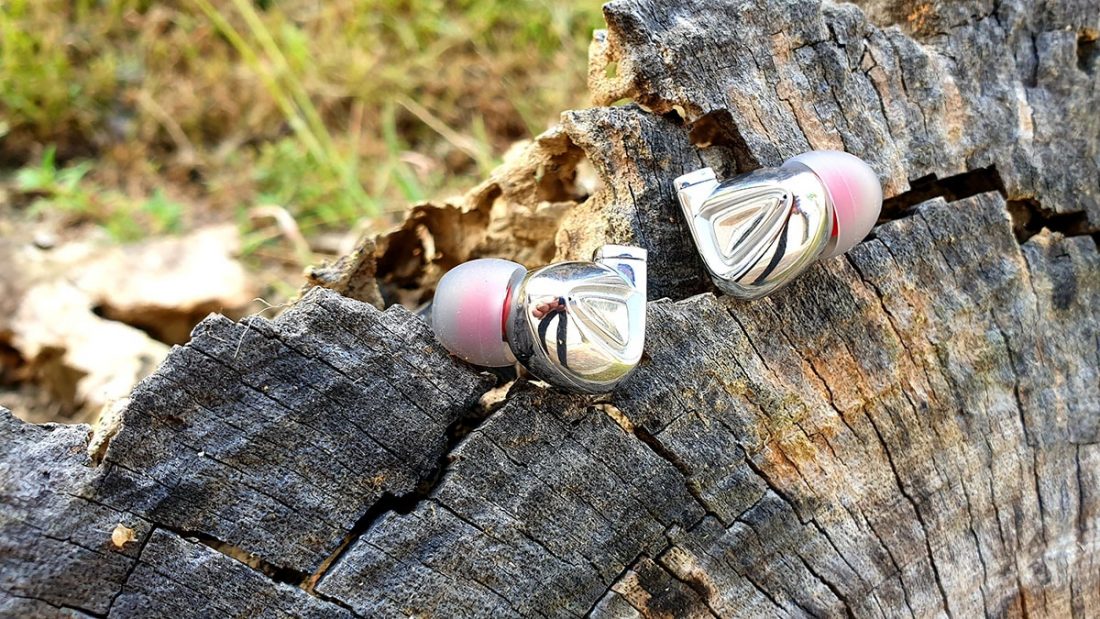
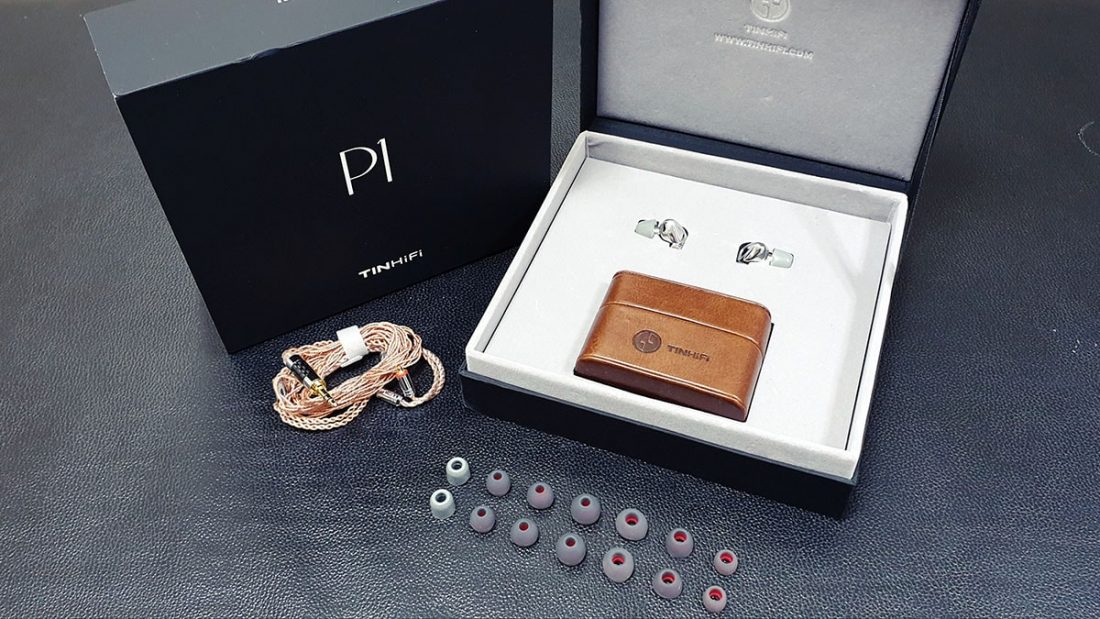
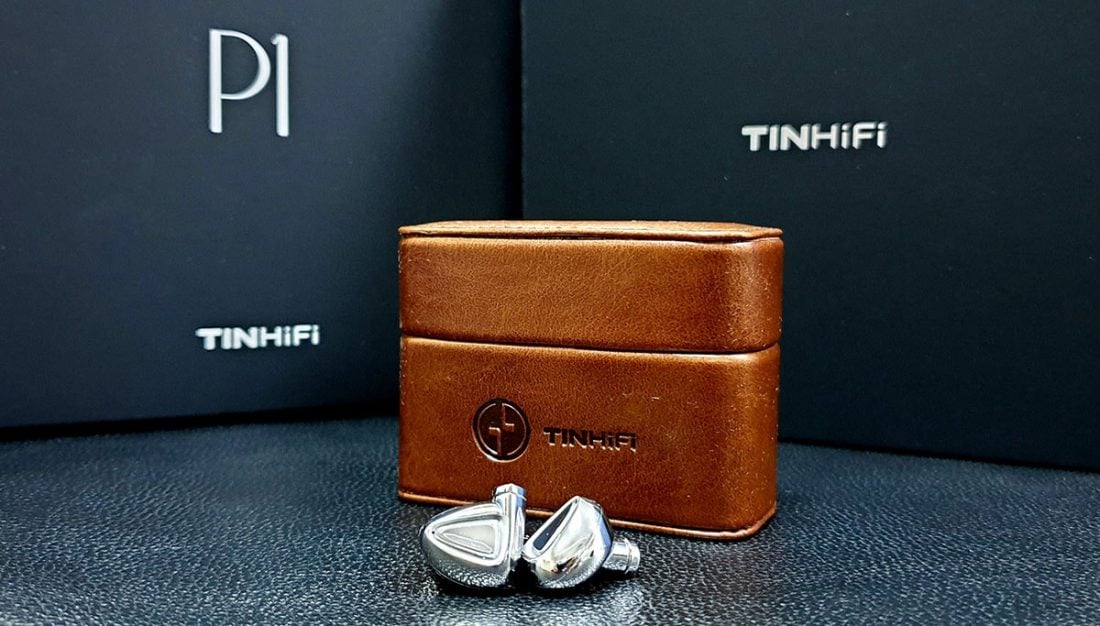
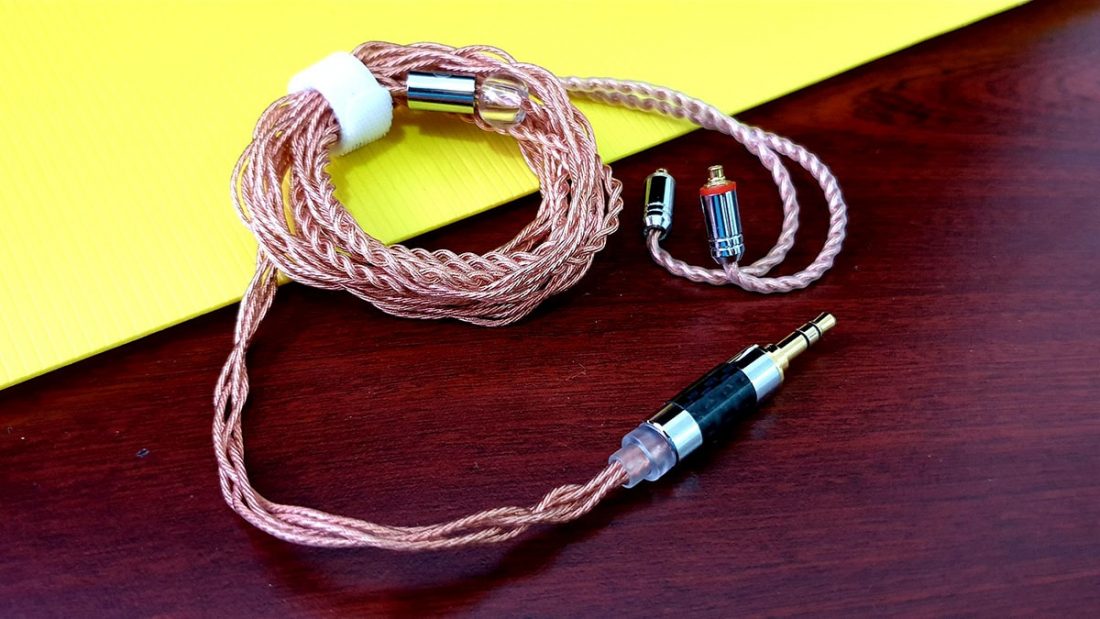
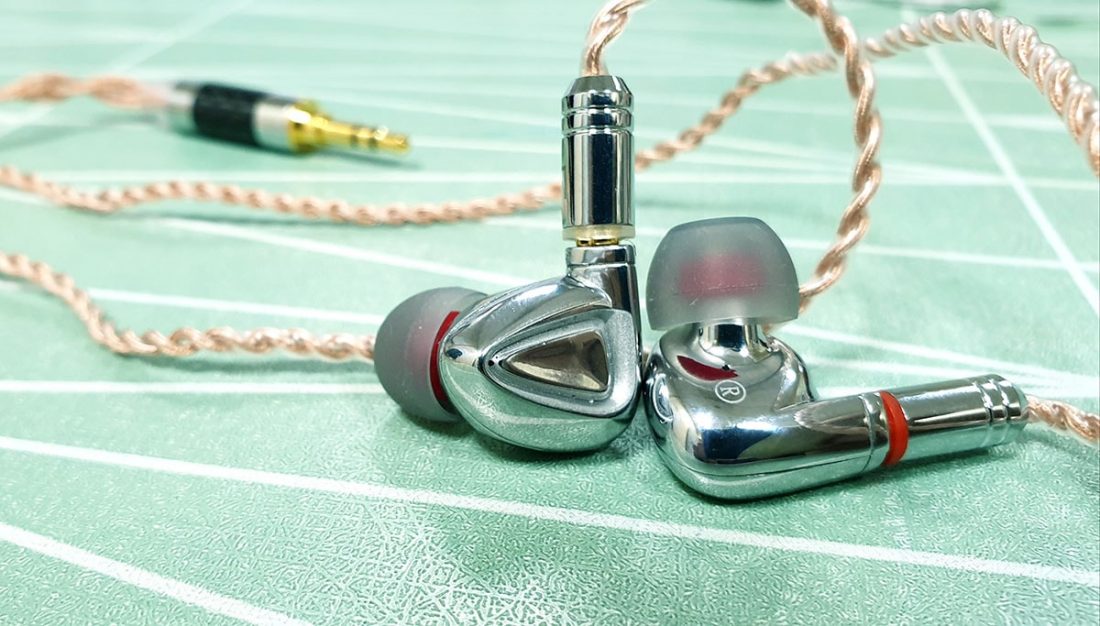
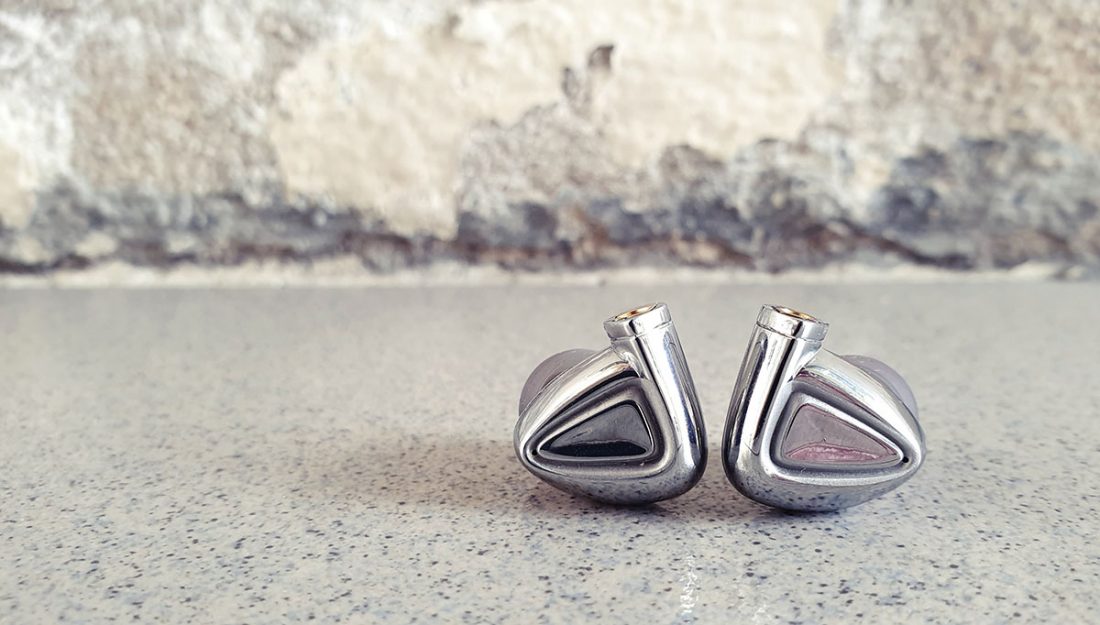
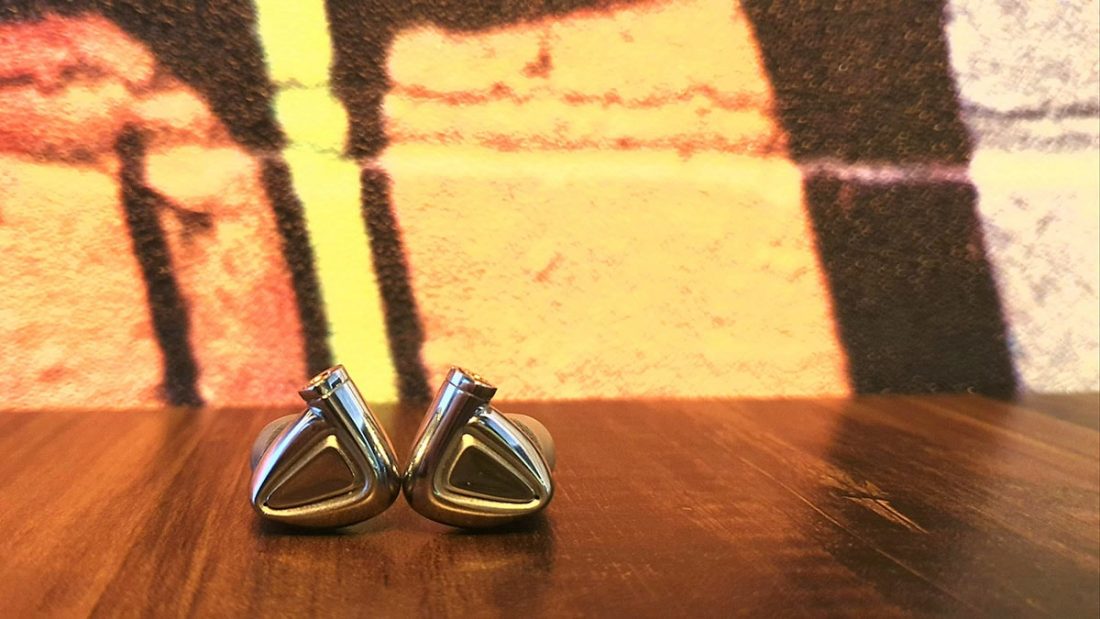
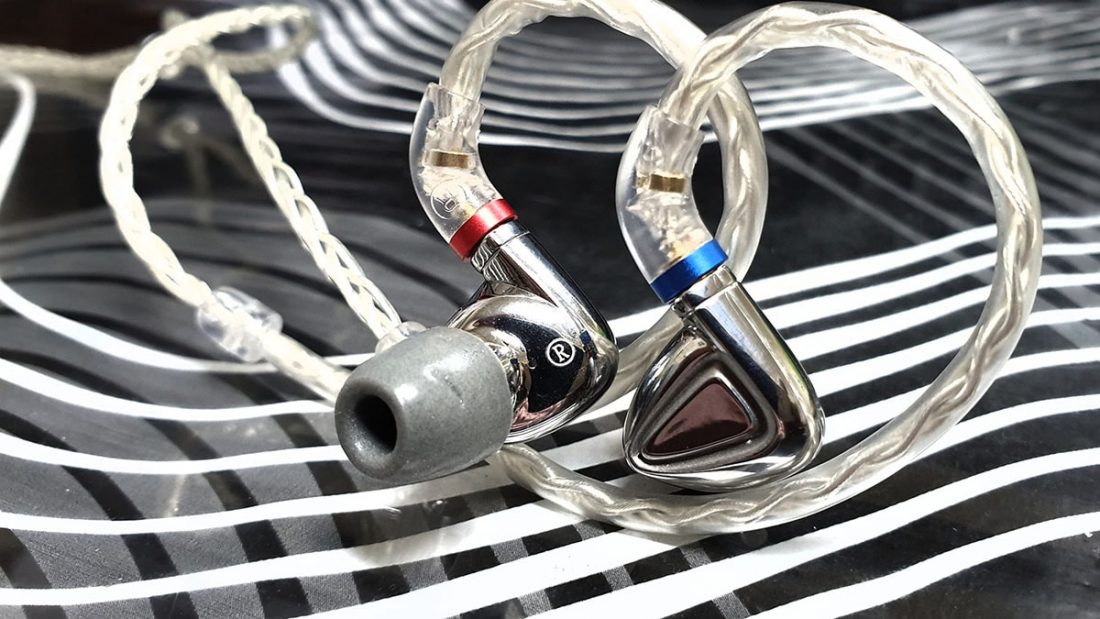
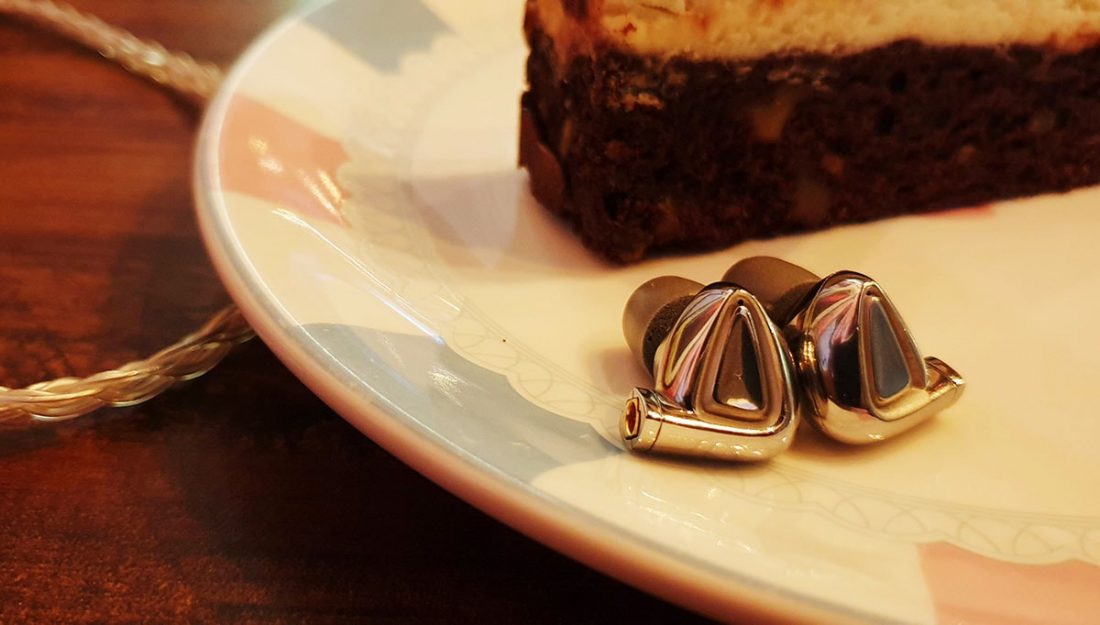
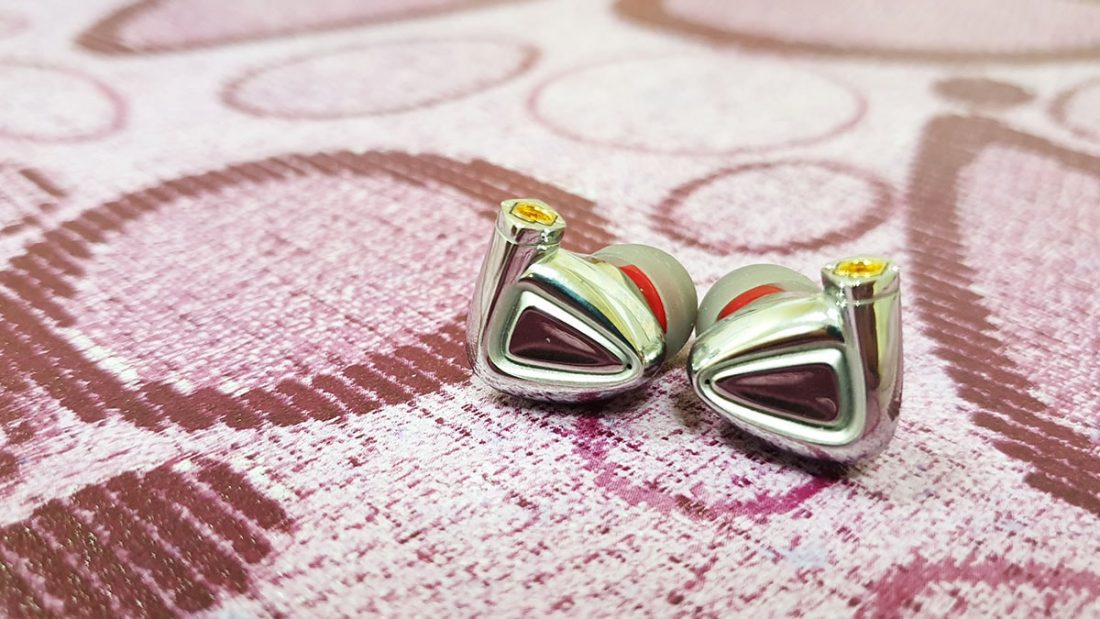
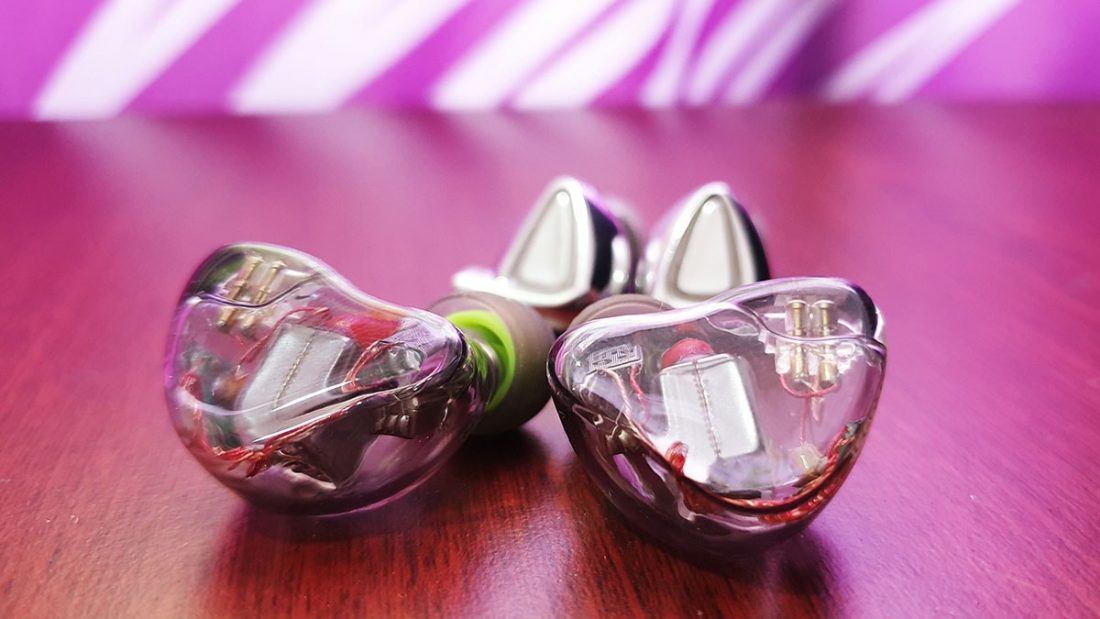
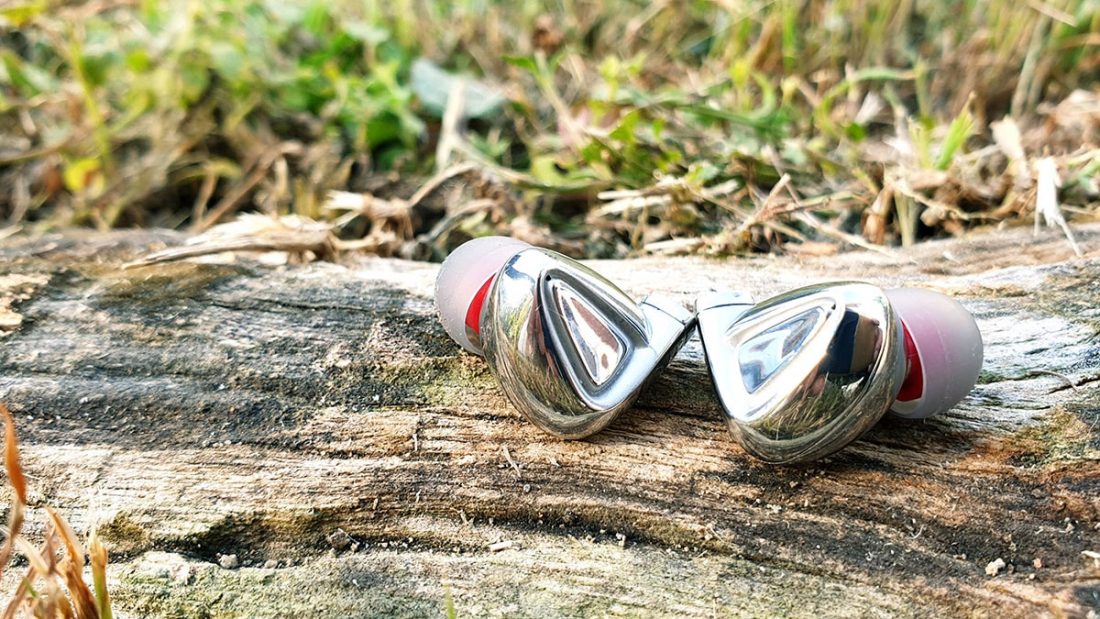















Extensive tip-rolling unlocks that linear sub-bass...Acoustune AEt07 is best tip I have used on these so far...I have not tried the nozzle extender mod others tried...where you then hook your eartip on top of a cut off nozzle from another IEM tip..to make the barrel of the tip quite long. I flipped off the grills and put damping foam in the nozzle the same as Sony do with their upper-end IEMs...treble too raw otherwise on these for me....it lets you then crank things higher with tamer treble and get access to more of the low-end....these remind me of IER-M9 set I briefly tried out that had build issues...similar end-point tuning on both.